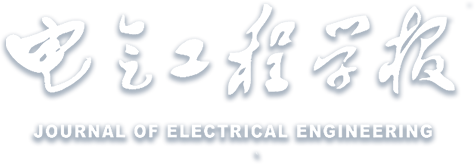Abstract:
With the comprehensive promotion of the “dual carbon” goal, the demand for new energy is increasing day by day. It is urgent to promote the coupling and interconnection of railways, new energy, and energy storage, and promote railways’ low-carbon and green development. Therefore, a low-carbon economic optimization operation model of high-speed rail new energy hybrid energy storage system is proposed. Firstly, in order to further mobilize the enthusiasm of the railway industry for carbon reduction, the carbon benefits is incorporated into the operating model of the high-speed rail system, and a mathematical model of the hybrid energy storage system composed of vanadium batteries and supercapacitors is established. Then, the Latin hypercube random chance constrained programming method is used to deal with the uncertainty of new energy, an energy management strategy of hybrid energy storage system is proposed, the stop charging and discharging threshold of vanadium battery and the configuration parameters of energy storage capacity are taken as the optimization variables, and the maximum total net benefit of new energy hybrid energy storage system for the high-speed rail system in the whole life cycle is taken as the optimization objective, the adaptive particle swarm optimization algorithm based on Cauchy mutation is used to solve the practical example. Finally, the effectiveness and superiority of the proposed scheme and algorithm are verified through comparison and analysis.


 下载:
下载: